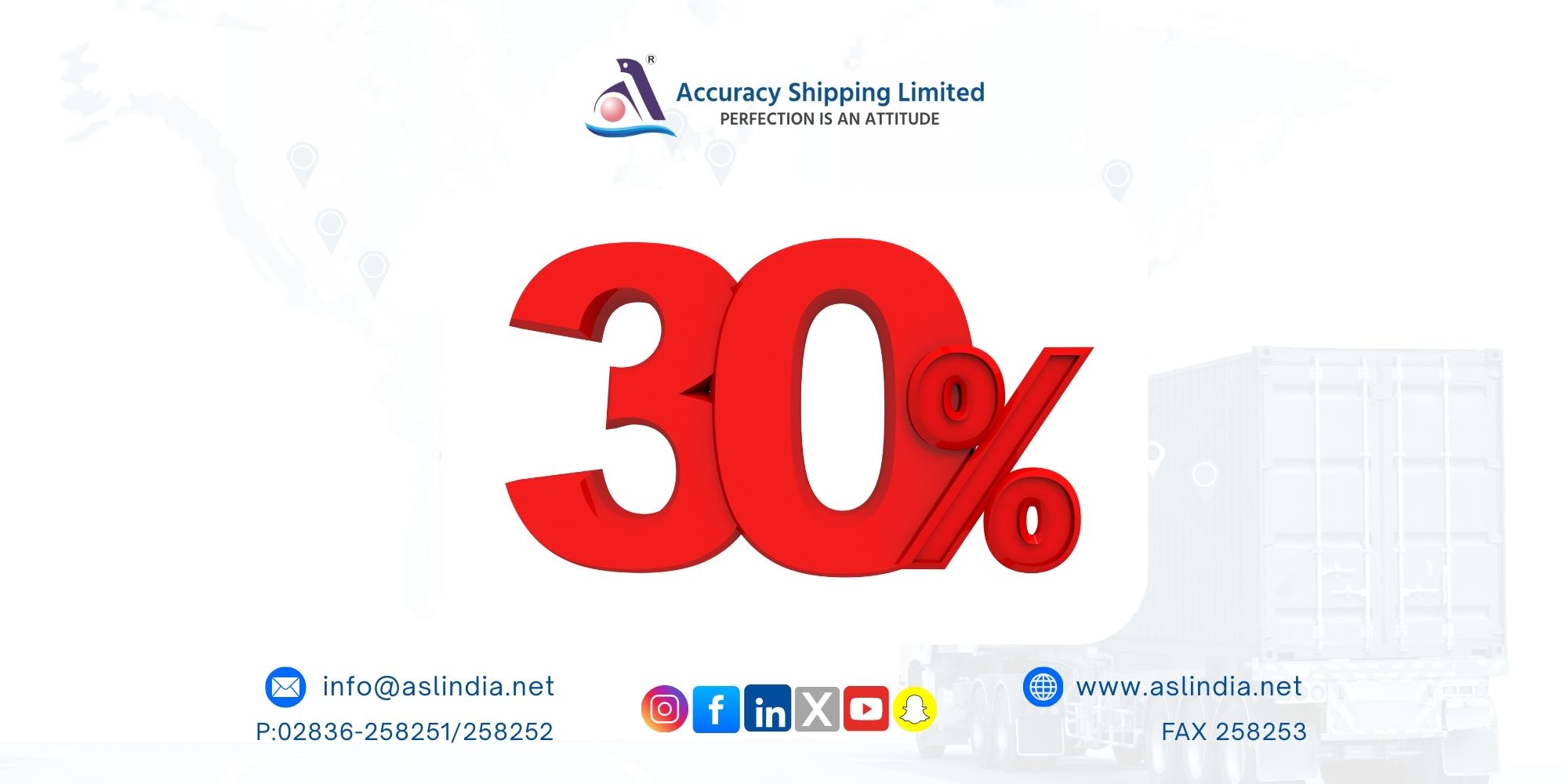India’s logistics sector to touch $800 billion by 2030, says report

India’s logistics industry is on the verge of a major transformation, with its market size projected to reach $800 billion by 2030, according to a report by India Narrative. The sector is expected to contribute nearly 11 per cent of the country’s GDP, highlighting its pivotal role in fueling economic growth and global competitiveness.
Driving Efficiency in Logistics
The study emphasizes that even a 1 per cent reduction in logistics costs could save the Indian economy around $15 billion annually. This makes efficiency and cost optimization crucial for sustainable growth. With logistics costs currently accounting for 13–14 per cent of India’s GDP, much higher than the global average of 8–9 per cent, structural reforms are vital to bring India in line with global standards.
Government Initiatives Powering Growth
Flagship programmes such as the National Logistics Policy (NLP) and PM GatiShakti Master Plan are reshaping the sector.
NLP has introduced technology-driven platforms like the Unified Logistics Interface Platform (ULIP) and Logistics Data Bank (LDB) for real-time supply chain tracking.
GatiShakti integrates 57 ministries and all states/UTs through 1,700 data layers, expediting project approvals and enabling seamless multimodal transport planning.
Additionally, the Maritime Development Fund worth ₹25,000 crore is driving port modernization, while the Bharat Trade Net (BTN) is centralizing trade documentation and digital finance in line with global practices.
Impact of GST and Infrastructure Upgrades
Since the rollout of GST in 2017, transit times across India have reduced by 33 per cent due to the removal of interstate checkpoints. Alongside this, investments in logistics parks, multimodal transport corridors, and digital platforms are creating a robust framework to support trade and commerce.
Employment and Skill Development
Currently, the logistics sector employs around 22 million people across areas such as transportation, storage, cold chain, and last-mile delivery. This number is projected to rise by another 10 million jobs by 2027, making the industry one of the largest employers in the country. With growing demand, skill development in logistics management and technology will be key to building a future-ready workforce.
Enabling Global Market Expansion
By enhancing supply chain efficiency, logistics parks and digital platforms are helping both SMEs and large enterprises to expand into international markets. The sector’s increasing competitiveness will also support India’s ambitious goal of becoming a $5 trillion economy by 2027.
Conclusion
India’s logistics sector is at the heart of the country’s economic transformation. With a projected valuation of $800 billion by 2030, ongoing government initiatives, infrastructure upgrades, and digital adoption will make the industry more structured and globally competitive. As the sector evolves, it will not only reduce costs and boost efficiency but also create millions of jobs, positioning logistics as a cornerstone of India’s growth story.







